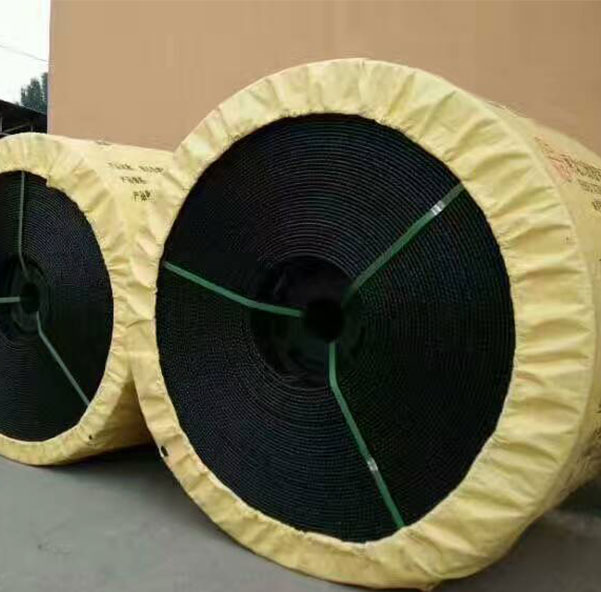Feb. 14, 2020
Conveyor belt is an important conveyance equipment for modern industrial production. It is widely used in industries such as food, medicine, packaging, daily chemical, etc. However, conveyor belts used in different industries are also different and require different materials. Conveying in the same industry different products require different materials for the conveyor belts. For example, the materials commonly used in the food industry include PU conveyors and PVC conveyor belts. These two types of conveyor belts are different. What's the difference? The mobile belt conveyor manufacturer to share with you:
Product Features:
PVC conveyor belt has good elasticity and is not easy to deform. High-strength, high-quality cotton, nylon, polyester canvas is used as the core, and pure natural rubber non-pollution compounding agent is used to make white or light-colored, non-polluting, and does not affect the food odor cover. The design of PVC conveyor belt products is reasonable, meets the hygienic index, moderate color, light and durable. PVC conveyor belt is suitable for the food industry or the food sector to transport bulk or tinned or packed grain or food to a large particle size of 400, and the conveying capacity can be from 1 cubic meter / hour to 6000 cubic meters / hour.

Pvc Conveyor Belt
PVC overview:
PVC is actually a vinyl polymer, and its material is an amorphous material. PVC materials are often added with stabilizers, lubricants, auxiliary processing agents, colorants, impact agents and other additives in actual use. It has non-flammability, high strength, weather resistance and excellent geometric stability. PVC is very resistant to oxidants, reducing agents and strong acids. However, it can be corroded by concentrated oxidizing acids such as concentrated sulfuric acid and concentrated nitric acid, and it is not suitable for contact with aromatic hydrocarbons and chlorinated hydrocarbons.
Flame retardant properties of PVC:
The material of the PVC conveyor belt is made of Polyvinylchloride (PVC), which is composed of polyester fiber cloth and polyvinyl chloride rubber. Its working temperature is generally -10 ° to + 80 °, and its joint mode is generally an international toothed joint, which has good lateral stability and is suitable for transmission in various complex environments.
I. Elasticity
PVC belt rebounds slowly after folding, and PU conveyor belt rebounds quickly.
2. Scratch resistance
Using a nail to scratch the surface of the belt, the surface of the PVC conveyor belt is prone to dents, and recovery is slow, and the PU conveyor belt is basically free of dents.
Three. Burning smoke
The PU conveyor belt burns less smoke, mainly white smoke, and occasionally smoke is due to insufficient combustion. The PVC conveyor belt burns large smoke, all of which are black smoke.
Four. Burning odor
When the PU conveyor belt burns, it has a certain scent, and the odor is small. After burning, it becomes a black viscous liquid, which is sticky after hand touching and has brushed. Powered conveyor belt when burning, the odor is relatively large and very punchy, after burning, it will become carbonized, harder, and will turn into powder after twisting.
The difference between the PVC conveyor belt and the PU conveyor belt is introduced here. I believe that everyone knows how to distinguish it after reading it.